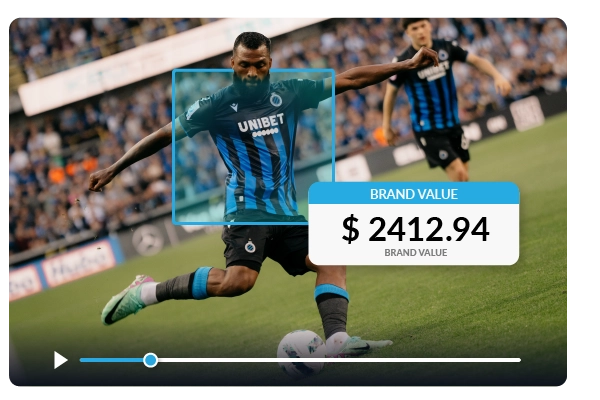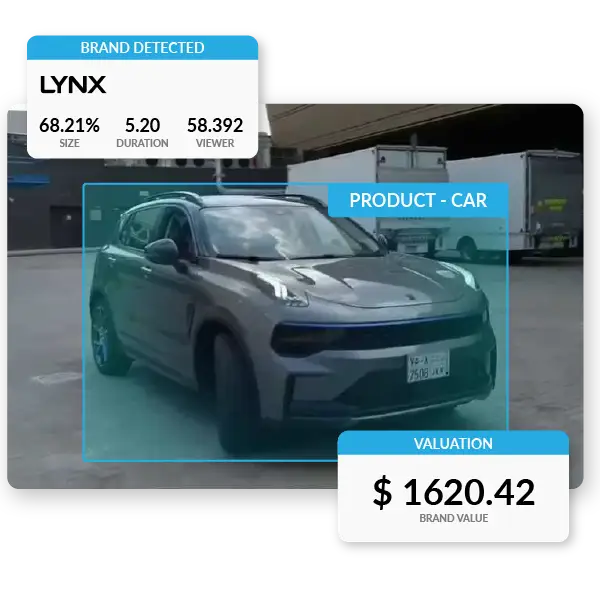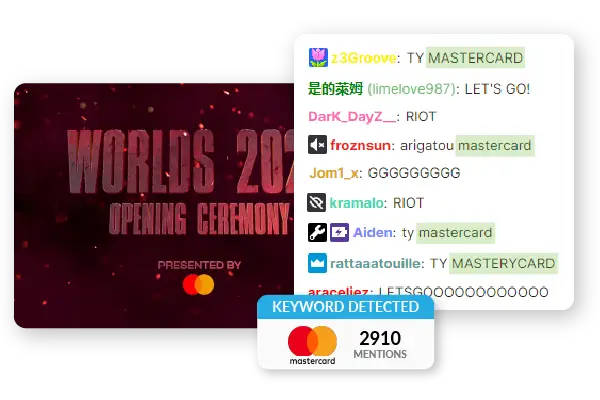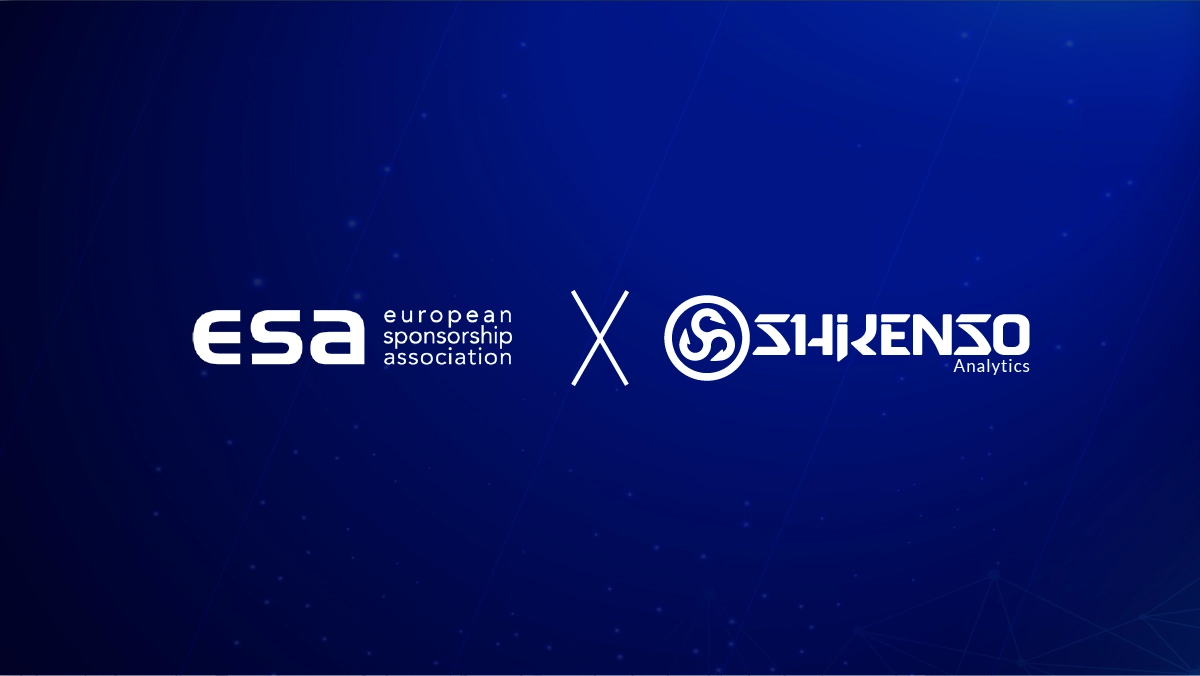In the world of sponsorship analytics, there is one term that gets tossed around a lot: Media Value.
But what does it truly mean, and why is it critical for assessing sponsorship success? In this deep dive, we’ll unpack the concept of media value and explore how it can shape your sponsorship strategy.
What is Media Value?
Media Value is a key metric used to evaluate the exposure and interactions a company gains through sponsorship efforts. By tracking media value, brands can determine whether their sponsorships are delivering meaningful returns. This metric quantifies brand exposure, typically through metrics such as the visibility duration of a logo or the number of people reached by a sponsorship message.
Media value is calculated based on how much the same exposure would cost through traditional advertising. Comparing this value to previous sponsorships or competitor efforts provides a clear picture of sponsorship performance and helps fine-tune future strategies.

How is Media Value Measured?
There are several methods for calculating media value, with one of the most common being cost per thousand impressions (CPM). For example, a CPM of $10 means you spend $10 for every 1,000 views of your ad. Another approach is to measure equivalent advertising value (EAV), comparing the exposure gained through sponsorship to the cost of purchasing that exposure via traditional media.
Factors influencing media value include:
Audience Size
A larger audience translates to a higher media value as more people see the brand’s message.
Duration of Exposure
Longer exposure of sponsorship messages invites more visibility which surges the media value.
Placement
The frequency, size and quality of sponsorship affect media value significantly.
Engagement
Social media interactions (likes, comments, shares) amplify media value, boosting brand credibility and awareness.
Digital metrics are essential for measuring the online presence and influence of a company. By measuring audience participation and engagement, these metrics go beyond passive viewership and have the potential to boost a brand's exposure and power. Additionally, digital metrics make it possible to track audience reach and performance in real-time with greater accuracy, providing deeper insights into the efficacy of sponsorships in the current digital landscape.
Why Media Value is Key to Sponsorship Success
For brands and sponsors, media value is a vital KPI. It translates visibility into monetary value, comparable to paid advertising, and gives sponsors a clearer understanding of the impact their partnerships have. By quantifying the exposure a sponsorship generates, media value helps optimize marketing strategies and convince stakeholders of the ROI.
There are three main types of sponsorship exposure that can be measured:
Visible Exposure
(e.g. brand logos, banners, LED-boards and products featured visually)

Legible Exposure
(e.g. mentions, hashtags, or comments related to the brand)

Audible Exposure
(e.g. verbal brand shoutouts, such as during live broadcasts or streams)

Challenges in Measuring Media Value
Accurately calculating media value is complex since there are many variables to consider and evaluating exposure across several channels is complicated. Various approaches and measurements make it challenging to provide an accurate evaluation. Accurate media value calculation frequently faces the following difficulties:
- Data Fragmentation: Media exposure spans multiple platforms (TV, social media, streaming), making it difficult to consolidate and analyze data across all channels.
- Inconsistent Measurement Standards: Different media valuation providers use varied methodologies, making comparisons tricky.
- Real-Time Changes: It might be challenging to keep accurate and up-to-date calculations when audience habits and media consumption patterns are constantly changing.
Traditional media valuation methods fall short in the digital age, as they only consider reach and impressions without fully accounting for engagement and interaction. These metrics frequently exclude important digital elements that are important markers of audience involvement and brand influence, such as social media shares, comments, and mood. Furthermore, they have trouble capturing the fluidity of multi-platform exposure, which involves concurrent consumption of content across multiple platforms. However, those limitations are long gone thanks to the Sponsorship Analytics and Audience Analytics tools of Shikenso.
How does Shikenso Measure Media Value?
Shikenso leverages artificial intelligence (AI) and machine learning (ML) to offer precise, data-driven insights, allowing brands to make informed decisions about their sponsorship strategies. Our AI tools automatically gather and analyze data from various channels, including social media, websites, and TV broadcasts.
Through real-time tracking, Shikenso’s solutions provide instant feedback on sponsorship performance, capturing every frame of content. Our AI systems detect brand visibility in images and videos, while ML models analyze audience behavior to deliver more targeted media value assessments. Additionally, Shikenso adjusts media value to reflect localized ad costs, providing a nuanced, geographically relevant view of sponsorship success.
Our tools make it possible to assess sponsorship value in real time by capturing every frame of your exposure. Shikenso's media value assessment is all about precision and speed.
The Critical Role of Media Value in Sponsorship Success
Media value is an indispensable metric for brands looking to assess the impact of their sponsorships. It quantifies brand exposure, offers insights into audience reach, and helps evaluate sponsorship performance across multiple channels. For sponsors, understanding and optimizing media value is crucial to achieving the full potential of their sponsorship investments.
Looking to elevate your sponsorship strategies with cutting-edge analytics tools? Book a demo with Shikenso right now!
Get new insights straight to your inbox
Don’t miss out on the insights that the press and media rave about!








